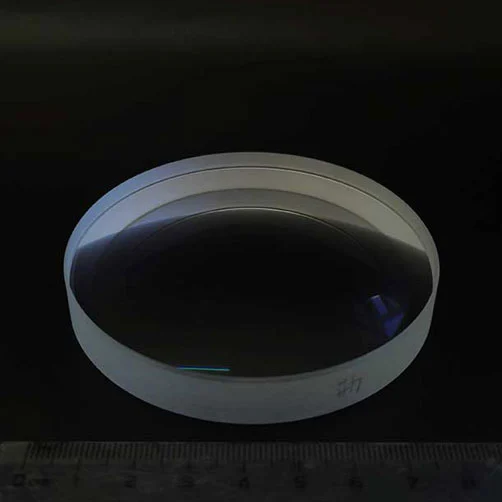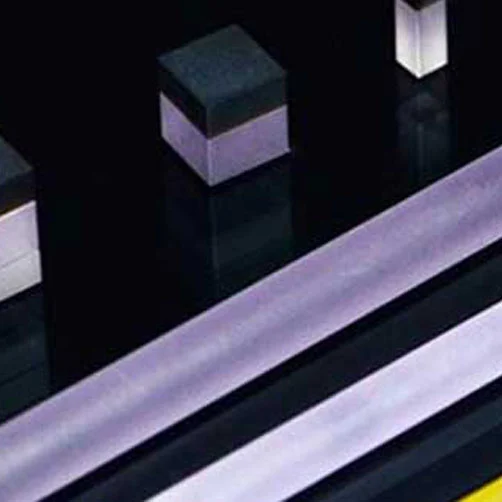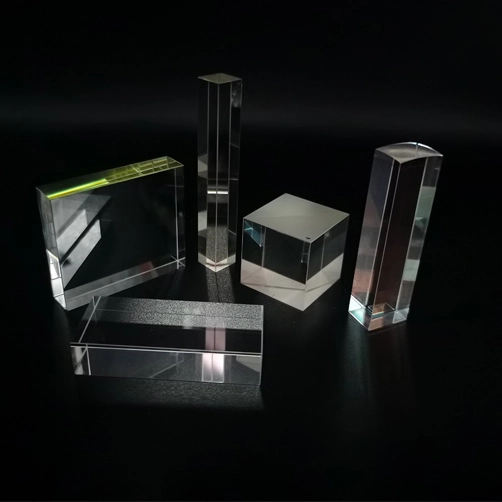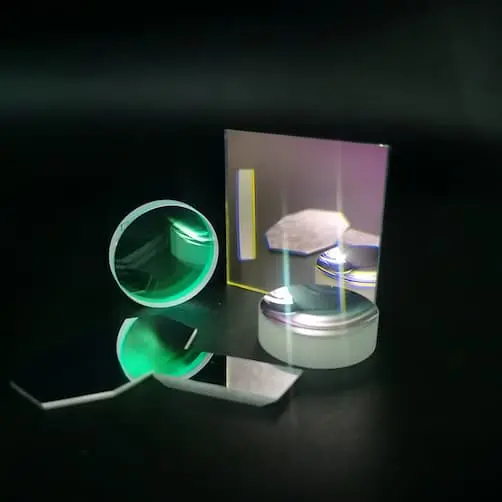
The detection of the surface shape error and surface roughness of optical components is the key point in the research field of optical detection technology. Since the surface quality of optical components directly affects the performance of the entire optical system, it is necessary to make optical instruments and equipment work more efficiently. Not only do we need to pay attention to the surface quality of optical components during processing, but also the inspection of finished components cannot be ignored. Therefore, the detection of surface defects of optical components will become an important and persistent research topic.
The so-called surface defects of optical components mainly refer to surface defects and surface pollutants. Surface defects refer to various processing defects such as pitting, scratches, open air bubbles, broken edges, and broken points that still exist on the surface of optical components after polishing. The main reasons are processing or subsequent improper operations.
Scratches refer to strip-shaped scratch marks on the surface of optical components. Depending on the length of the scratches, it can be divided into long scratches and short scratches. The limit is 2 mm. If the scratch length is greater than 2 mm, it is a long scratch, and if it is less than 2 mm, it is a short scratch. For short scratches, the evaluation criterion is the cumulative length at the time of detection. Relatively speaking, scratches are easier to detect than defects such as pitting.
Pitting refers to pits, pits, and defects on the surface of optical components. The surface roughness in the pits is relatively large, the width and depth are roughly the same, and the edges are irregular. In general, it is stipulated that defects with an aspect ratio greater than 4:1 are scratches, and vice versa, defects smaller than 4:1 are pits.
Bubbles are formed by the gas that is not removed in time during the production or processing of optical components. Because the pressure of the gas in all directions is evenly distributed, the shape of the bubbles is generally spherical.
Broken edge refers to the defect on the edge of the optical element. Although it is outside the effective area of the light source, it is also a source of light scattering and will have a certain impact on optical performance, so it also belongs to the category of defect.
As a microscopic local defect caused by man-made in the process of processing, the surface defect has a certain influence on the surface performance of the optical element, which may cause serious consequences such as the operation error of the optical instrument. In short, the surface flaws of optical components will harm the performance of the optical system, the root cause of which is the scattering characteristics of light.
The harm of surface defects of optical components to itself and the entire optical system is manifested in the following aspects:
1. The quality of the beam is degraded. The light scattering effect will be generated at the surface defect of the component, so that the energy of the beam passing through the defect will be consumed in a large amount, thereby reducing the quality of the beam.
2. The thermal effect of defects. Since the area where the surface defect is located is more likely to absorb more energy than other areas, the resulting thermal effect may cause local deformation of the component defect, damage the film layer, etc., and then endanger the entire optical system.
3. Damage to other optical components in the system. In the laser system, under the irradiation of the high-energy laser beam, the scattered light generated by the surface defect of the component will be absorbed by other optical components in the system, resulting in uneven light receiving of the component. When the damage threshold of the optical component material is reached, the quality of the transmitted light will be affected, the optical components will be damaged, and it is more likely to cause serious damage to the optical system.
4. Defects will affect the cleanliness of the field of view. When there are too many defects on the optical components, it will affect the microscopic aesthetics. In addition, the defects will also leave tiny dust, microorganisms, polishing powder and other impurities, which will cause the components to be corroded, moldy, and foggy, which will significantly affect the basic performance of the component.



